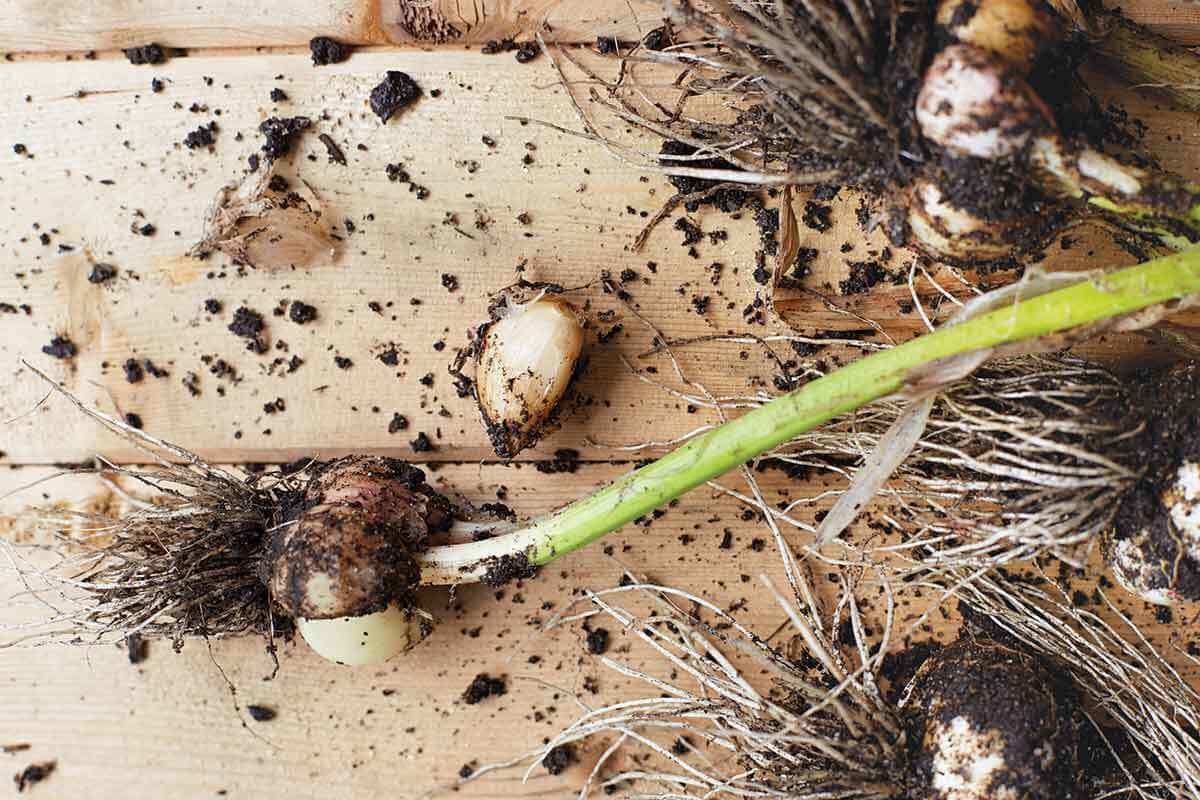How to Plant Garlic this Fall for Summer Harvest
I was just a gardener, growing garden-variety softneck garlic, when I headed to Iowa for my first Seed Savers Exchange Conference in 2002. I returned home to Pennsylvania with 10 varieties of heirloom hardneck bulbs, planted them that October, and before I knew what had happened, I’d become a garlic farmer.


Great insight I am a garlic farmer in Kenya and I am looking for export market